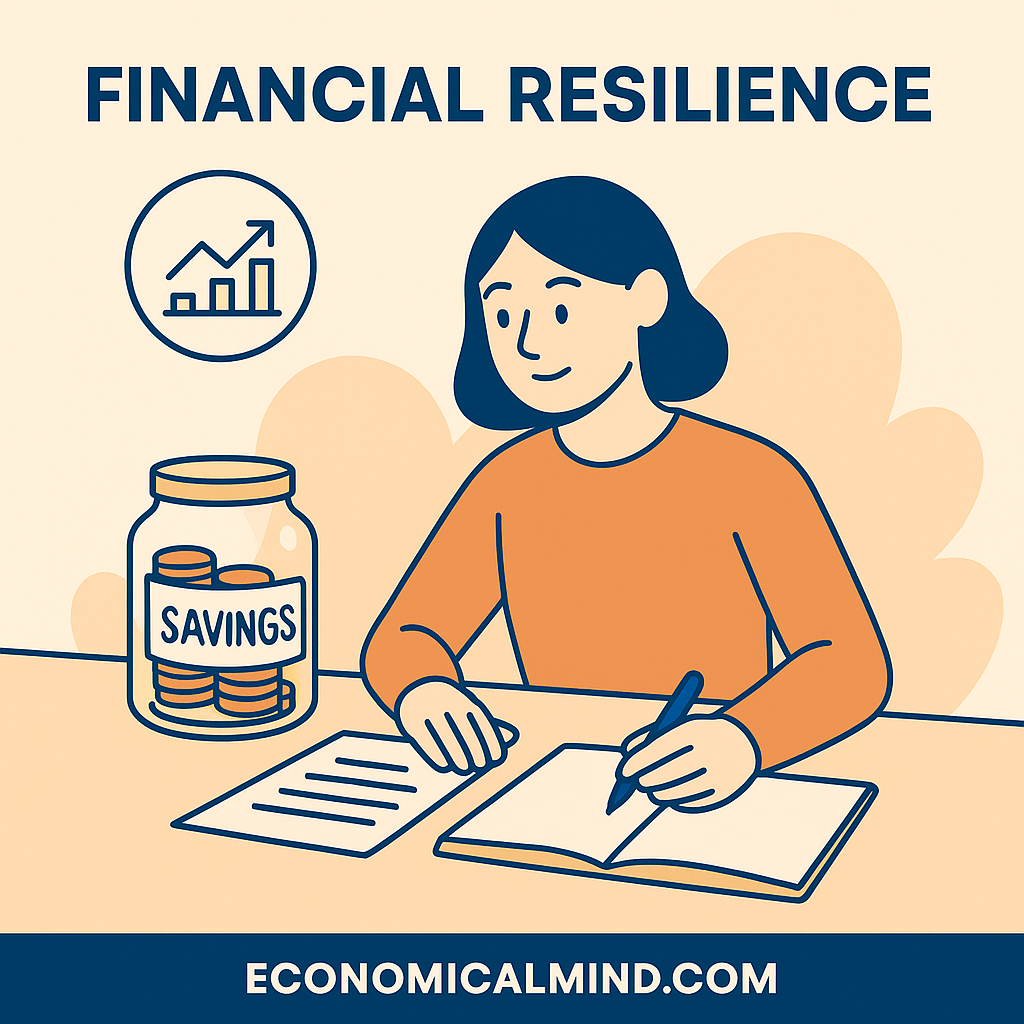
Financial resilience is the ability to withstand and recover from financial shocks—whether it’s a job loss, medical emergency, or market downturn. It’s a mix of mindset, planning, and adaptability. People with financial resilience aren’t just “good with money”—they’re emotionally steady and strategic, even when things go wrong.
The Pros of Financial Resilience
Building financial resilience has benefits that go far beyond your bank account.
- Reduced stress and anxiety: When you have systems and savings in place, unexpected expenses don’t derail your peace of mind.
- Faster recovery from setbacks: Resilient individuals can adapt quickly and avoid long-term financial damage after a crisis.
- Increased confidence and freedom: Knowing you can handle uncertainty gives you more control and flexibility in life choices.
- Better long-term planning: Financial resilience supports smarter investing, goal-setting, and career decisions.
- Improved relationships: Financial stability reduces tension and fosters healthier communication with family or partners.
The Cons (and Hidden Challenges)
While resilience is a financial strength, building it isn’t always easy—or free of trade-offs.
- Requires discipline and patience: Building reserves and paying down debt takes time and consistency.
- Can feel restrictive: Cutting spending or saying “no” to short-term pleasures can cause burnout or frustration.
- Over-preparation risk: Focusing too much on protection (like hoarding cash) may limit growth opportunities.
- Emotional toll: Constantly preparing for “what ifs” can increase anxiety if balance isn’t maintained.
- Systemic limits: Even the most disciplined person can face setbacks due to larger economic or policy issues.
True resilience isn’t about fear—it’s about balance between preparation and progress.
Best Practices for Building Financial Resilience
A resilient financial life blends smart planning, emotional awareness, and flexible thinking. Here’s how to strengthen yours.
1. Build a Meaningful Emergency Fund
Aim for 3–6 months of essential expenses in a separate account. Start small—what matters most is momentum.
2. Diversify Income Streams
Relying solely on one paycheck or business can be risky. Explore side gigs, investments, or freelance work to create buffers.
3. Manage Debt Strategically
Focus on paying down high-interest debt first. Consolidate or refinance when possible to improve cash flow.
4. Strengthen Your Money Mindset
Practice gratitude and mindfulness about spending. Resilient people view money as a tool, not a measure of worth.
5. Keep Learning
The more financially literate you are, the more adaptable you become. Learn about budgeting, investing, and behavioral finance.
6. Revisit and Adjust Regularly
Life changes—so should your financial plan. Review savings, insurance, and income goals at least twice a year.
The Bottom Line
Financial resilience isn’t about never falling—it’s about knowing you can get back up. By combining emotional intelligence with smart money management, you can weather setbacks and thrive through uncertainty. The goal isn’t perfection—it’s steady progress toward confidence and security.
